For decades, if not centuries, murder cases were solved the old-fashioned way: talking to witnesses, collecting crime scene evidence, and a lot of hope. That all changed in recent years with advances in DNA science and technology. Thanks to these innovations, many notorious murders have finally been solved. In this article, we will explore 10 of the most famous cold cases that were only recently solved.
To compile a list of the most famous cold cases that were only recently solved, 24/7 Tempo consulted a range of crime and news publications including Britannica and Investigation Discovery. Next, we selected cold cases from a range of eras with the biggest cultural impact. After that, we consulted sites like The Los Angeles Times for specific details about the cases. (For other law and order articles, discover the biggest cases ever investigated by the FBI.)
The Golden State Killer

One of the most famous cold cases recently solved is that of the Golden State Killer. Also known as the East Area Rapist and the Original Night Stalker, the killer went undetected for decades. During that time, scores of people were murdered or raped in the areas around Sacramento, California. Finally, in 2018, detectives had a break in the case.
Using online genealogy databases, detectives compared results with DNA samples collected from some of the Golden State Killer crime scenes. After they got a hit on a family member of the killer, they identified 70-year-old Joseph James Deangelo Jr. To confirm, they quietly collected DNA matches from food wrappers he had thrown out in public. Soon after, police arrested and charged Deangelo with 13 murders.
Boy in the Box
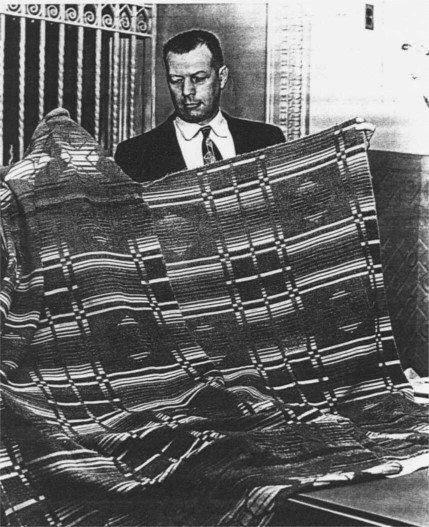
Another one of the most famous cold cases that was only recently solved is the Boy in the Box case. In 1957, a wooden box was discovered in the woods around Philadelphia, Pennsylvania. Inside was the body of a boy who had been severely beaten. Though police put out calls for identifying the boy, they had no luck for decades.
In 2019, however, a Pennsylvania court approved the exhumation of the body. Detectives used modern genealogy records and DNA matching to identify the boy’s mother and father. Finally, after 65 years, the boy was identified as Joseph Augustus Zarelli. As for the killer, their identity currently remains unknown.
(For other puzzling crimes, discover 40 famous and mysterious disappearances.)
Times Square Killer

The year was 1968 and dance instructor Diane Cusick had just finished her last class of the night. She was last seen alive heading to the mall to buy a pair of shoes. Cusick never made it there, however. Instead, she was found raped, beaten, and strangled to death in the backseat of her car. For decades, the crime went unsolved.
That is, until, law enforcement was able to make a DNA match with serial killer Richard Cottingham. Though DNA from the crime scene had been tested before, modern advancements in technology made a proper match possible. As for Cottingham, he was already behind bars for some 16 other murders.
Lady of the Dunes
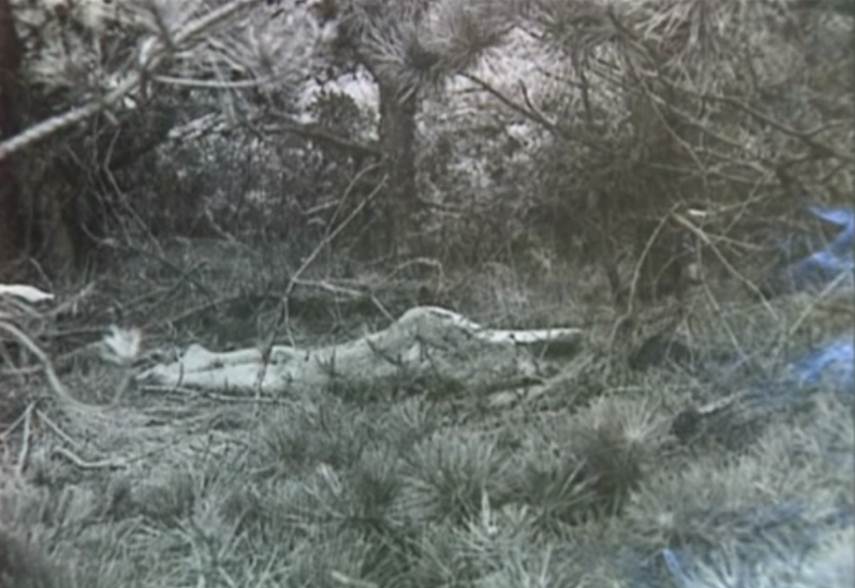
Another one of the most famous cold cases only recently solved is that of the Lady of the Dunes. In the summer of 1974, a body wrapped in a beach blanket was found near Provincetown, Massachusetts. Though police conducted a statewide search, the woman was never identified. As time went on, she became the oldest unidentified murder victim in Massachusetts.
A break in the case came when a man named Richard Hanchett submitted his DNA to Ancestry.com in hopes of finding the identity of his biological mother. Concurrently, the FBI attempted to find a match, and after Hanchett turned over his DNA to investigators, the body was identified as his mother, Ruth Marie Terry. Later, investigators surmised her late husband, Guy Rockwell Muldavin, was responsible for her murder.
Grim Sleeper
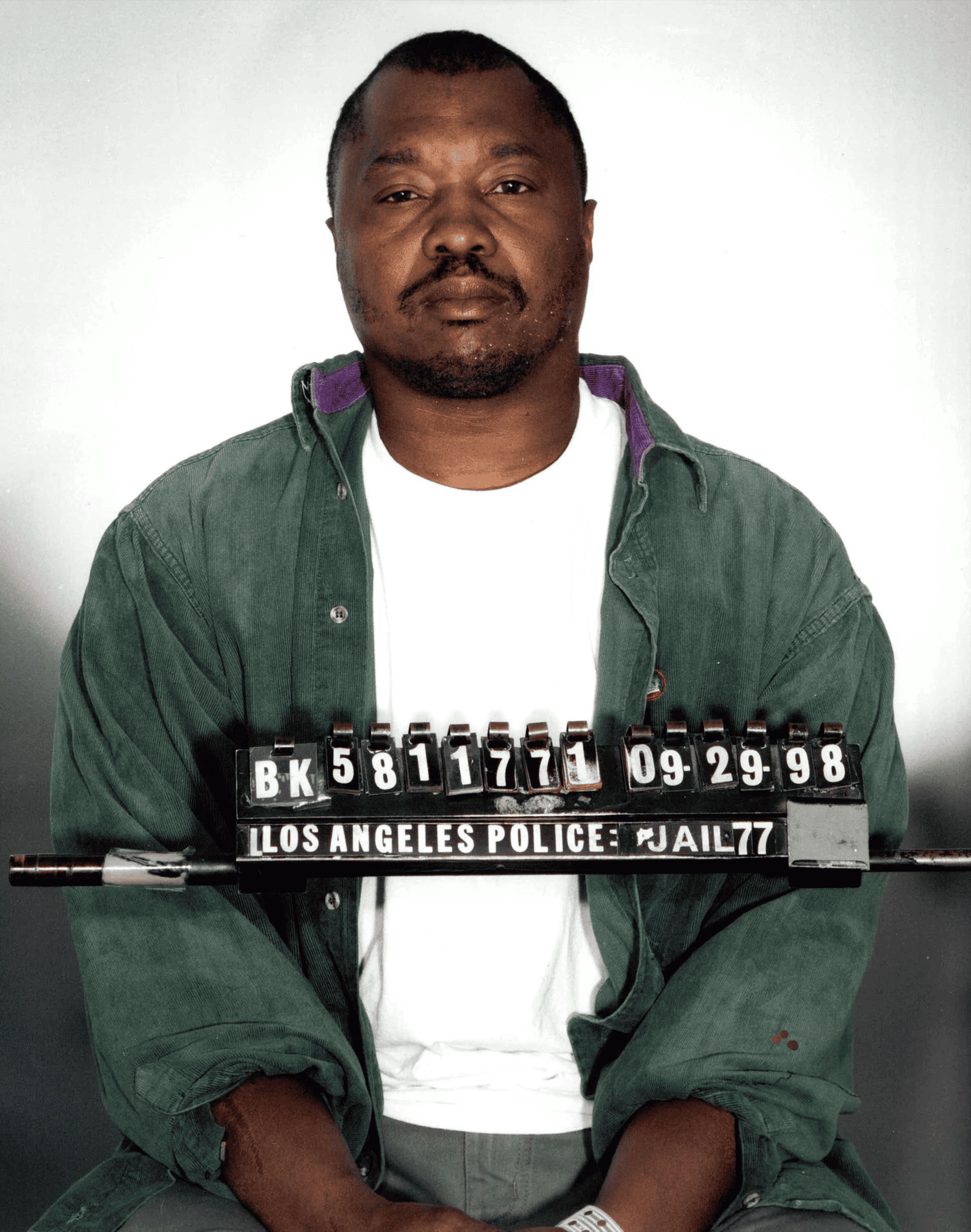
Another one of the most famous cold cases only recently solved is the Grim Sleeper serial murders. Between 1984 and 2007, nearly a dozen African American women were murdered in South Los Angeles. Though most murders occurred in the late 80s, the killer earned the nickname the Grim Sleeper because he suddenly became active again in the mid-aughts.
Investigators received a break in the case after receiving a DNA sample from a man arrested for weapons possession. This provided a familial link to the killer. Authorities identified Lonnie D. Franklin Jr. as the potential killer. After secretly acquiring DNA from a half-eat pizza slice, police confirmed Franklin as the Grim Sleeper. This was also the first time familial DNA had been used to capture a killer.
The I-65 Killer

Another one of the most famous cases only recently solved was the I-65 serial killings. Between 1987 and 1990, four women were murdered along the I-65 corridor between Indiana and Kentucky. All had been working at various motels along the highway. Though another victim survived the attack, the composite sketch she provided was not able to identify the killer.
It took another few decades before investigators made a break in the case. Thanks to advancements in genealogy and DNA testing, police were able to identify Harry Edward Greenwell as the I-65 Killer. A criminal with a long, violent rap sheet, Greenwell had died by the time he was linked with the killings.
BTK Killer

Though it happened two decades ago at this point, one of the most famous solved cold cases was the BTK murders. Between 1974 and 1991, a series of murders rocked the quiet town of Wichita, Kansas. With over 10 bodies claimed, for years the BTK killer sent taunting letters and media to local newspapers and police departments. After that, the trail went cold.
The killer resurfaced, however, in 2004 when he began sending more cryptic letters to the police. He made a grave error, however, when he asked the police if he could be traced by floppy disk. Detectives assured him they couldn’t, so he sent more information via floppy. Instantly, the police were able to trace the disk to a man named Dennis Rader. After obtaining familial DNA and matching it to a BTK crime scene, Rader was arrested. He is currently serving life in prison.
Boston Strangler
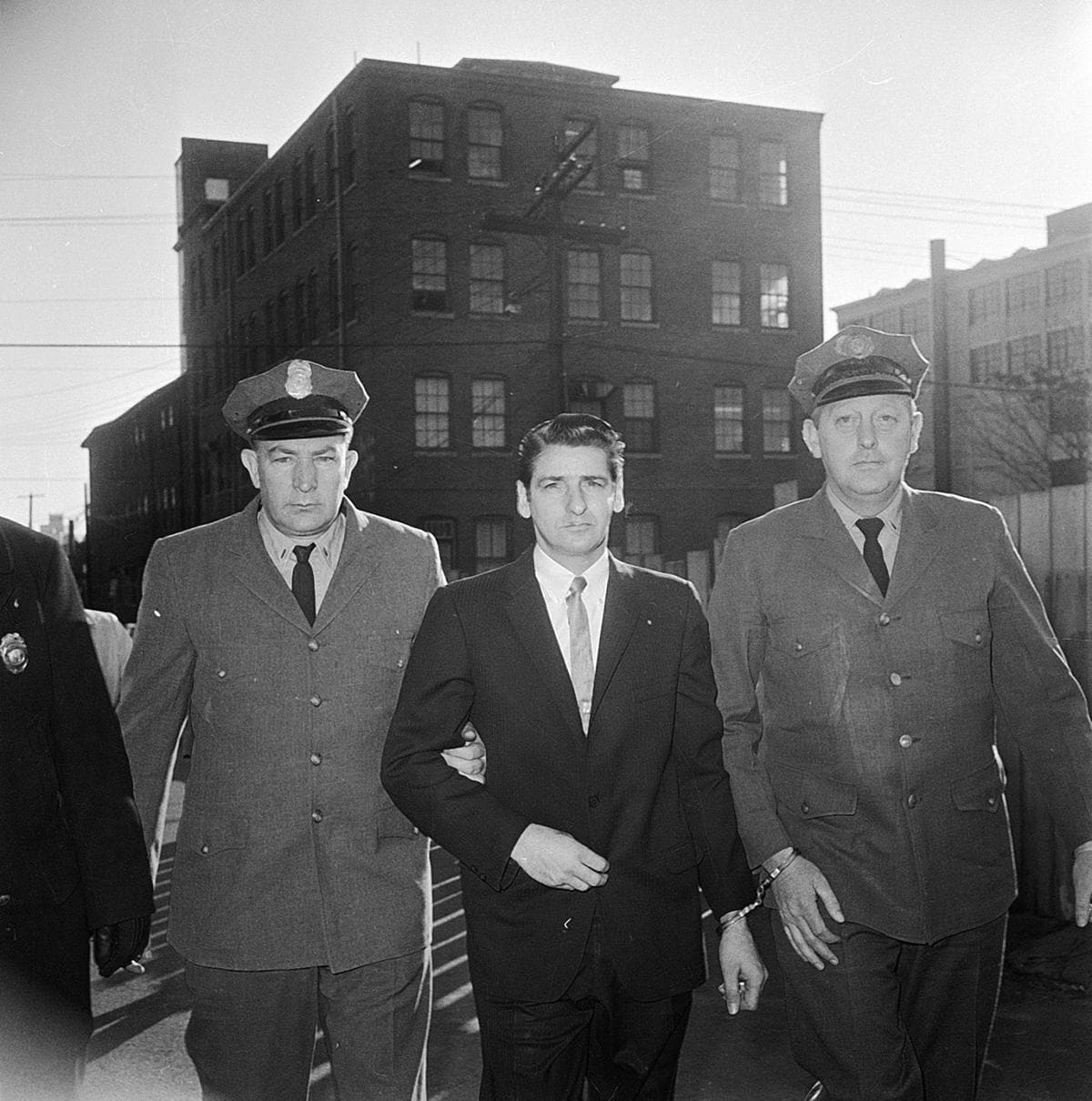
Between 1962 and 1964, thirteen women were murdered in and around the Boston, Massachusetts area. Relatively quickly, a man named Albert DeSalvo was questioned. He immediately confessed to the murders, however, there was no physical evidence linking him. While never convicted of the murders, he still received life in prison for earlier, unrelated crimes.
For decades, questions lingered regarding his involvement in the Boston Strangler case. That changed in 2013, however, after Boston police found a familial DNA match between DeSalvo and a semen sample taken from one of the murder scenes. In response, his body was exhumed and it provided a direct match to the Boston Strangler murders.
Bear Brook Murders

Another one of the most famous cold cases recently solved was the Bear Brook Murders. Deep inside Bear Brook State Park, a hunter found a 55-gallon drum containing the bodies of a girl and an adult woman. Fifteen years later, another 55-gallon drum was found in the park containing the remains of two girls. For decades, however, the bodies remained unidentified.
That all changed in 2017. In conjunction with investigators, genealogist Barbara Rae-Vente linked serial killer Terry Rasmussen with the murders. They also discovered he was the father of one of the girls found. A few years later, another independent investigator used genealogy records to identify three of the victims: Marlyse Elizabeth Honeychurch, and her daughters, Marie Elizabeth Vaughn and Sarah Lynn McWaters. The identity of Rasmussen’s daughter, however, remains unknown.
The Murders of Jay Cook and Tanya Van Cuylenborg
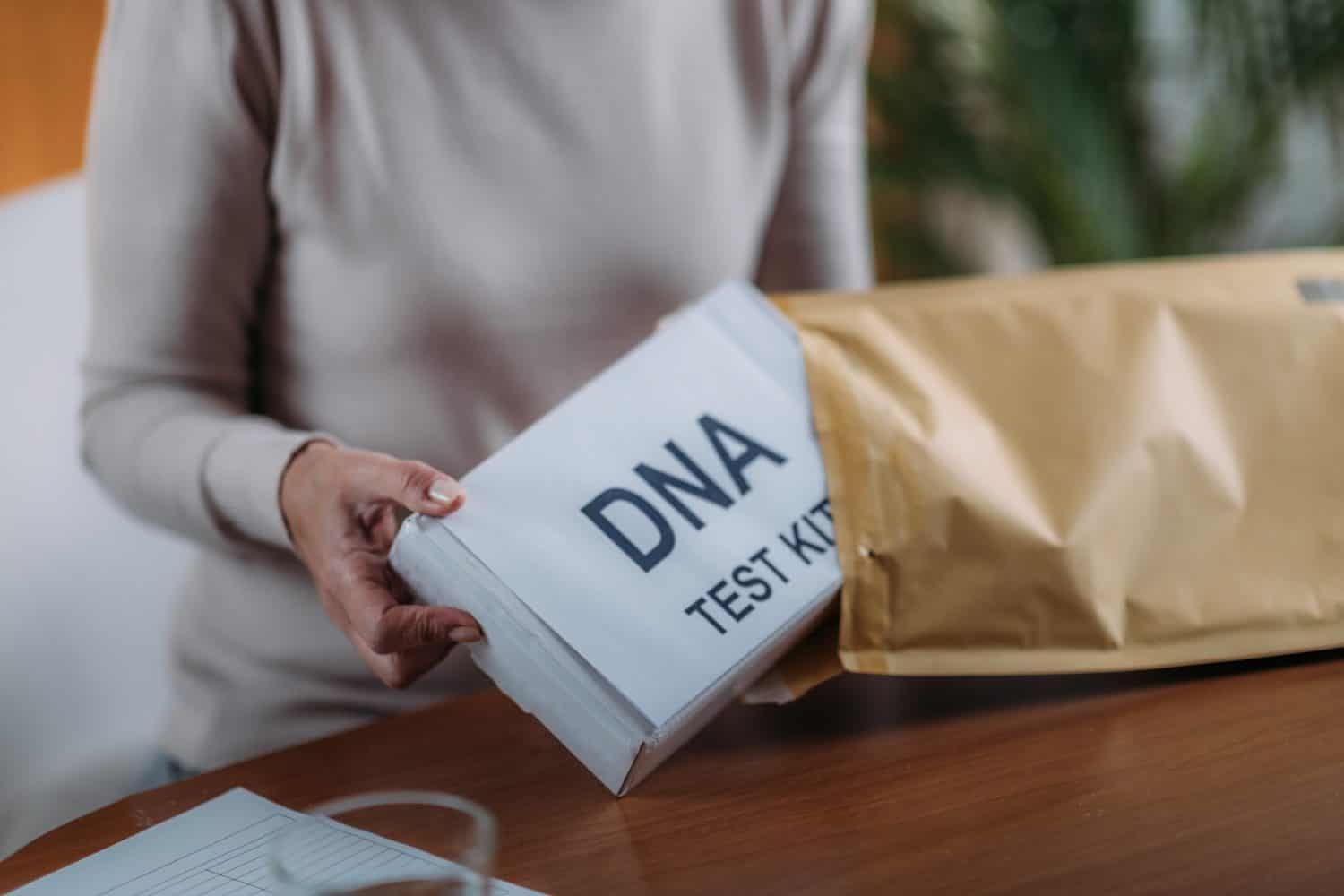
Another one of the most famous cold cases that was only recently solved is the murders of Jay Cook and Tanya Van Cuylenborg. A British Columbian couple, Cook and Van Cuylenborg disappeared while heading to Seattle to purchase car parts. Soon after, their bodies were discovered with signs of foul play.
The case remained cold for years until an unlikely avenue brought light to their murders. In 2015, Chelsea Rustad won a DNA “spit kit” in a contest. After she uploaded her DNA online, investigators were able to link her cousin, William Earl Talbott II, with the murders as his DNA was a perfect match. In 2019, Talbott was charged and convicted of the double murder. (For notorious cases without resolution, discover the most infamous, yet still unsolved, crimes in history.)
